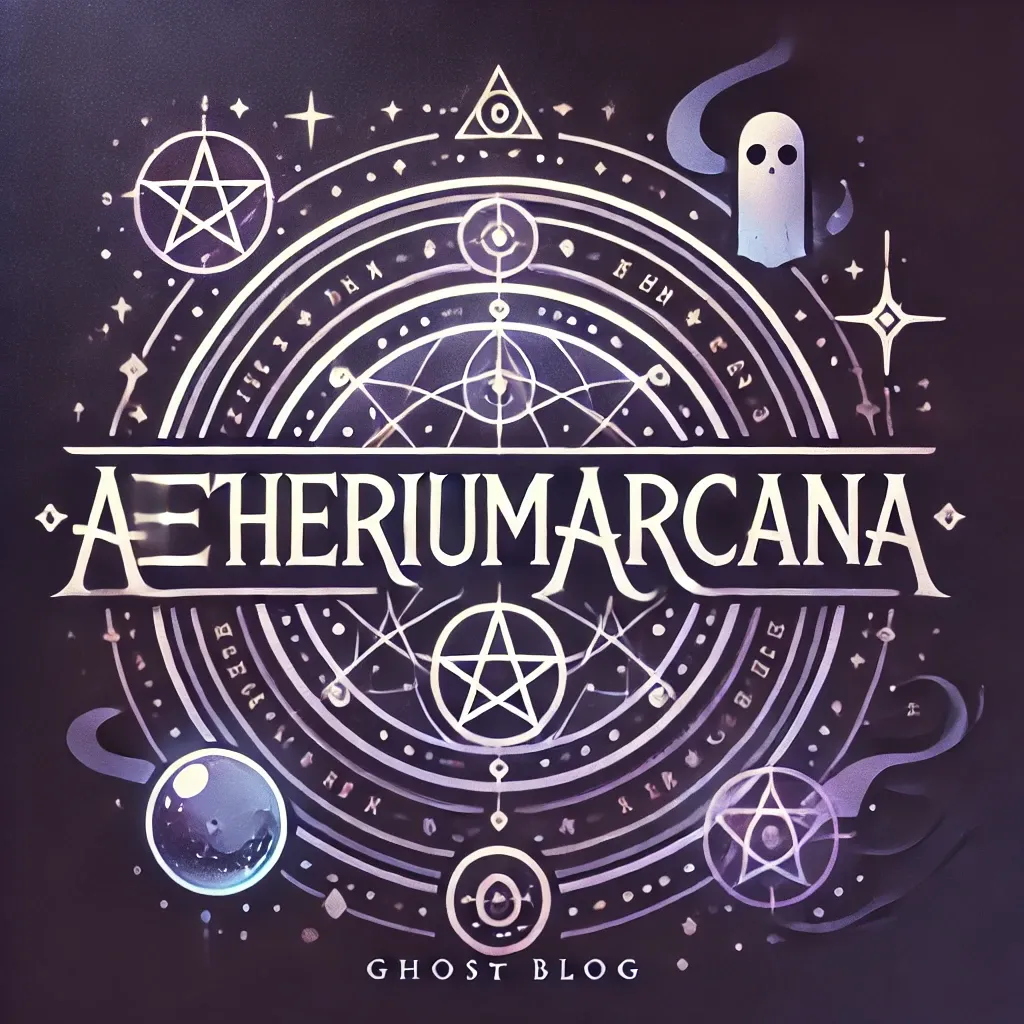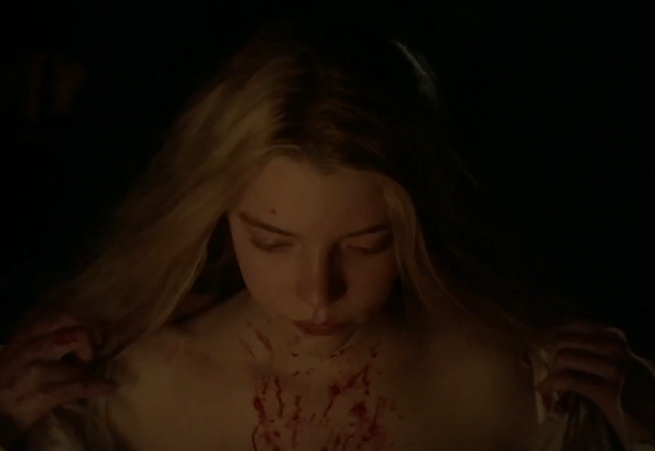In the annals of American horror, few names loom as prominently today as Robert Eggers, whose 2015 debut The Witch electrified audiences with its stark realism, psychological dread, and Puritan-inflected dialogue. Yet long before Black Phillip whispered promises of delicious living into the ears of 21st-century viewers, an early American novelist named Charles Brockden Brown etched his own terrifying vision of religious mania and unseen manipulation into the literary consciousness of a fledgling republic.
Published in 1798, Brown’s Wieland; or, The Transformation is widely considered the first major American Gothic novel. Though separated by over two centuries, Wieland and The Witch share a haunting kinship. Both works delve into the fragile psychology of isolated families in religiously saturated environments, exploring the fatal consequences of faith untethered from reason. While Eggers does not explicitly cite Wieland as a source of inspiration, the thematic and atmospheric resonance between the two is uncanny—suggesting that Brown’s novel is not only a cultural precursor but a kind of spiritual forebear to Eggers’ modern classic.
Wieland: The First American Descent into Madness
Charles Brockden Brown’s Wieland follows the downfall of the eponymous family, particularly Theodore Wieland, a man of devout faith who becomes convinced he is receiving divine instructions through disembodied voices. Set in rural Pennsylvania, the novel is narrated by Theodore’s sister Clara, who recounts the family’s unraveling with increasing horror. What begins as a curious mystery—phantom voices delivering commands and warnings—culminates in a spree of religiously motivated murders. Theodore, persuaded that God has called upon him to sacrifice his family, kills his wife and children in a haze of righteous certainty.
As the story unfolds, suspicion falls upon a mysterious outsider named Carwin, a self-confessed "biloquist" (ventriloquist) who can throw his voice with uncanny realism. Carwin’s manipulation, combined with Theodore’s preexisting zealotry, creates a psychological and moral tragedy. By the end, the novel raises chilling questions: Did Carwin cause the madness? Was Theodore already unstable? Is God absent, or cruel?
At the heart of Wieland lies a warning: the human mind, when guided solely by religious fervor and susceptible to auditory suggestion, can be led to atrocity. Brown’s use of ventriloquism as a rational explanation for “divine” voices was groundbreaking, and his psychological probing prefigured themes that wouldn’t become common in fiction until Poe and Dostoevsky.
The Witch: A 21st-Century Tale with 17th-Century Shadows
In The Witch, Robert Eggers constructs a cinematic nightmare drawn from 17th-century Puritan New England. After being exiled from a theocratic settlement, a devout family sets up a farm on the edge of a dense forest. There, surrounded by isolation and fear, they begin to believe they are being tormented by a witch—perhaps even the Devil himself.
Eggers’ film is meticulous in its period accuracy: the dialogue is lifted from Puritan journals and trial transcripts; the family’s worldview is steeped in Calvinist theology. As the baby vanishes, crops fail, and tensions mount, the line between external threat and internal collapse blurs. Is Thomasin, the adolescent daughter, the target—or the cause—of the family's doom? Is a witch in the woods, or is madness blooming within the home?
Much like Wieland, The Witch uses voice and silence as weapons. The whisperings of Black Phillip echo the eerie voices heard by Theodore. The film’s horror emerges not from jump scares but from ideological claustrophobia—a closed system of belief that leaves no room for ambiguity or doubt.
Parallel Themes: Belief, Isolation, and the Collapse of Reason
The thematic parallels between Wieland and The Witch are striking, suggesting a shared psychological and cultural lineage. Both works are rooted in the destructive potential of religious delusion—faith pushed to the point of madness. In Wieland, Theodore becomes convinced that divine voices are commanding him to commit unspeakable acts, his belief unshakable and ultimately fatal. Similarly, in The Witch, the family’s rigid Puritanism becomes a closed loop of fear and guilt, where every misfortune is interpreted as a sign of Satan’s presence. In both stories, belief becomes indistinguishable from obsession, and certainty becomes a weapon.
A key motif in each work is the use of voice—disembodied, seductive, commanding—as a catalyst for ruin. Carwin, the manipulative stranger in Wieland, uses his ventriloquial talents to sow confusion and terror, exposing how easily the mind can be led astray when guided by invisible authority. In Eggers’ film, the devilish goat Black Phillip speaks in hushed tones only Thomasin can hear, his voice offering not just temptation but liberation. This manipulation through sound, without visible cause, creates a lingering ambiguity: are these voices divine, diabolical, or born of internal collapse?
Both narratives center around families isolated from the larger world—physically secluded and spiritually insular. In Wieland, the family estate becomes a crucible of delusion, while in The Witch, the family's exile into the wilderness leads to fragmentation and doom. The horrors that unfold are not the result of external invasion but of inward turning, as belief systems implode under the weight of their own absolutism. The family, rather than being a source of comfort and cohesion, becomes the site of psychological breakdown.
While Brown, writing in the wake of Enlightenment rationalism, offers a semi-logical explanation for the events of Wieland, Eggers allows The Witch to exist in dual states—both as supernatural horror and psychological allegory. Yet both works thrive on what is not seen. The unseen, the unheard, the barely suggested—these are the elements that foster dread. Brown’s voices in the dark and Eggers’ whispers in the barn both achieve the same effect: unsettling the audience by exposing the mind’s vulnerability to suggestion.
Ultimately, both Wieland and The Witch articulate a particularly American anxiety—the fear that religious devotion, when unmoored from compassion and reason, can descend into violence, not redemption. The horror does not arise from monsters, but from certainty itself.
Wieland and the Ghost of American Gothic
Eggers has openly cited colonial diaries, folk tales, and early New England writing as influences for The Witch. While he hasn’t mentioned Wieland by name, Brown’s novel stands as the prototype for the American religious horror story—a genre The Witch clearly reinvigorates.
Brown’s critique of religious extremism, his use of psychological disintegration, and his intimate understanding of American Puritan guilt all find a mirror in Eggers’ film. Whether or not Eggers read Brown directly, Wieland is undeniably part of the cultural and psychological foundation from which The Witch rises. It is, in effect, the gothic ancestor whispering through the walls of the New England house.
A Lineage of Dread
There is something distinctly American about horror born of conviction—the unshakeable belief that one is righteous, even as the world burns. In Wieland, this manifests as a father murdering his family in God’s name. In The Witch, it appears in a Puritan patriarch who leads his family into ruin through theological pride.
That these two works, born over two centuries apart, echo one another so intimately is a testament to the deep, unresolved tension in American culture between faith and freedom, reason and revelation. Charles Brockden Brown gave us the first whisper. Robert Eggers turned it into a scream.
References
Eggers, Robert, director. The Witch. A24, 2015.
Davidson, Cathy N. Revolution and the Word: The Rise of the Novel in America. Oxford University Press, 1986.
Fiedler, Leslie. Love and Death in the American Novel. Revised ed., Dalkey Archive Press, 2003.
Goddu, Teresa A. Gothic America: Narrative, History, and Nation. Columbia University Press, 1997.
Murison, Justine S. The Politics of Anxiety in Nineteenth-Century American Literature. Cambridge University Press, 2011.
Winthrop, John. “A Model of Christian Charity.” 1630. American Sermons: The Pilgrims to Martin Luther King Jr., edited by Michael Warner, Library of America, 1999, pp. 29–42.
Zanger, Jules. “Speaking in Tongues: Charles Brockden Brown and the Limits of Enlightenment.” American Literature, vol. 56, no. 3, 1984, pp. 351–368. JSTOR, https://doi.org/10.2307/2925891.
Eggers, Robert. “Robert Eggers Interview on The Witch | TIFF 2015.” YouTube, uploaded by Collider Interviews, 18 Sept. 2015, www.youtube.com/watch?v=xsYvZjFc4CM.


Member discussion: